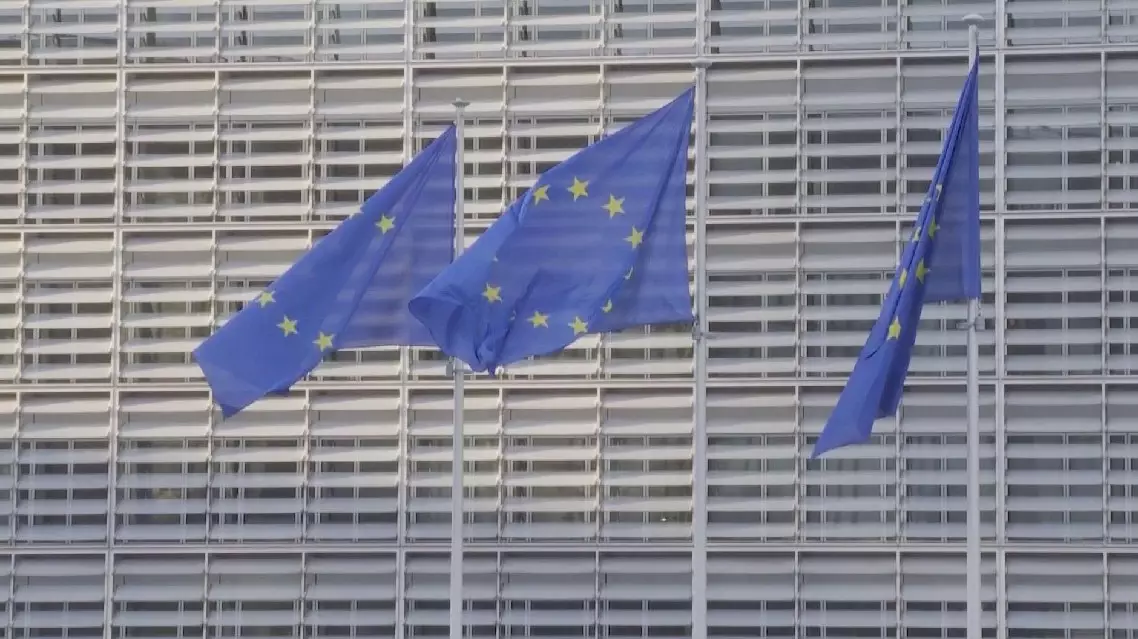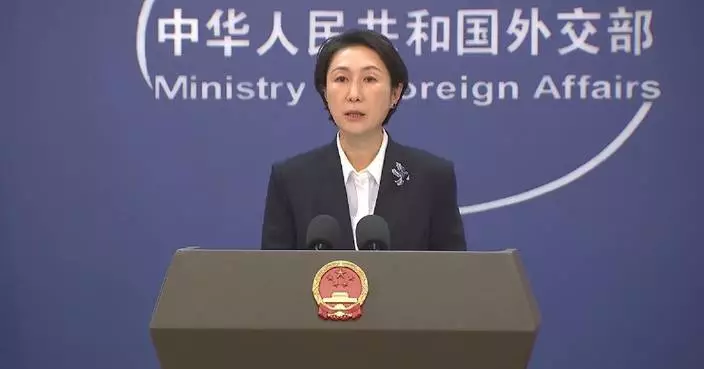The European Union (EU) Commission on Tuesday issued the EU bloc's autumn package of austerity policies to guide economic growth, indicating that the eurozone will adopt a tighter fiscal policy in 2025, and the bloc will launch excessive deficit procedures for eight member states, including France and Italy.
The package is part of the EU's new economic governance framework that was enforced in April, and it uses a single operational indicator, namely each member state's multi-annual net expenditure path which includes fiscal, reform and investment objectives.
It states that the fiscal situation in the eurozone is expected to tighten slightly in 2025 and the outlook for economic growth remains challenging.
Speaking at a briefing on the autumn package in Strasbourg, France, the EU's Economy Commissioner Paolo Gentiloni said that the forecast projects growth to gradually recover, driven by domestic demands, as inflation cools and labor market remains strong, but geopolitical tensions and uncertainty sill loom large on the horizon, exposing EU economies to complex economic and social challenges.
The package points out that some EU countries have sharply increased their public debt and brought their fiscal deficits to even higher levels in order to recover from the energy crisis suffered during the ongoing Russia-Ukraine conflict that broke out in early 2022.
The package includes an excessive deficit procedure against eight member countries, namely Belgium, France, Hungary, Italy, Malta, Poland, Romania and Slovakia. These countries are urged to take effective action to reduce their deficits within a specified period of time, or they could be fined.
The excessive deficit procedure is the so-called "corrective arm" of the Stability and Growth Pact, which stipulates that the annual fiscal deficit of an EU member state must not exceed 3 percent of its GDP and public debt must not exceed 60 percent of its GDP.
The Commission -- the executive arm of the EU -- has so far received medium-term plans from 22 out of the bloc's 27 member states, and has concluded its assessment for 21 out of the submitted plans. It assessed that 20 of those meet the requirements that should ensure debt level in the country is prudent or on a downward path.
However, The Netherlands' draft budgetary plan for 2025 and medium-term financial plan were not endorsed, making them the only ones of their kinds from a current EU member state that have not been adopted.
The Commission's assessment says that The Netherlands' plans indicated an average net expenditure growth of 4.2 percent over the years 2025-2028, higher than the 3.2 percent ceiling provided by the Commission.
The Commission believes that the Netherlands is in breach of its recommendations and has asked the Netherlands to make immediate cuts to ensure that its spending figures do not exceed the threshold set by the EU over the next ten years.
However, the Dutch government argues that it does not need to cut spending further because the structural reforms it has undertaken will ensure that spending stays below EU limits for years to come.

EU Commission’s autumn package indicates tighter fiscal policy for 2025









